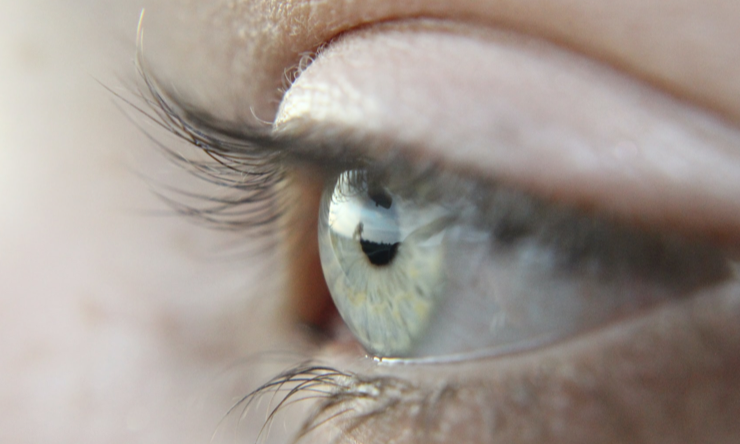Myopia control

Myopia is increasingly prevalent, particularly with the increased use of digital devices in our daily lives. For myopic people, although near objects appear clear, distance objects appear blurry because the eyeball grows too long to focus the light correctly on the retina. Myopia is influenced by both genetic and environmental factors so a child of a myopic parent is more likely to become myopic.
Research indicates that children who are genetically predisposed to becoming myopic can benefit by spending more time outdoors. Natural light exposure protects the eye from the lengthening that induces myopia. Another theory is that de-focusing the peripheral rays will halt this lengthening of the eyeball. This is done by the fitting of multifocal contact lenses or specially designed spectacle lenses which induce hyperopic or longsighted defocus of the peripheral light rays. This removes the stimulus for the progressive growth of the eyeball associated with increasing myopia.
-
What are EyeDream lenses?
EyeDream lenses are a recognised form of myopia control in children.
-
What does Childhood Myopia Mean?
Childhood myopia means lifelong eye-care and increased risk of other eye diseases such as glaucomaand retinal detachments.
-
Want to help with studies and research?
We are happy to refer children who meet the criteria to Queens’ University for possible involvement in myopia control studies.
-
What about Ortho-K lenses?
Ortho-K lenses offer parents and children the best opportunity to reduce or halt the progression of myopia whilst giving the freedom of natural vision during the day.
